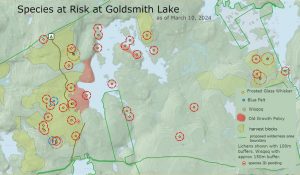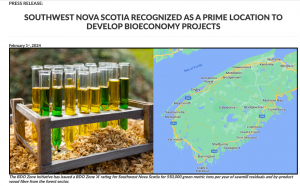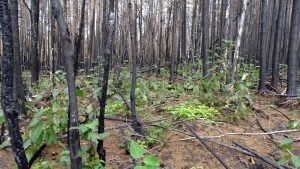
Wabanaki Forest Love Affair Yellow Birch at left, and Eastern Hemlock at right on a mound in old forest by Sandy Lake (Bedford) More about it here.
A new blog/website has been set up at nsforestmatters.ca
————-
This blog/website, “Nova Scotia Forest Notes“, posted at www.nsforestnotes.ca, was created on June 21, 2016; I stopped updating it on June 21, 2022. As such it provides a record of sorts of goings-on related to forests and forestry in Nova Scotia over that interval. For a period after June 21, 2022 I posted links to blog posts on other websites (cited below). The last one was on July 14, 2024.
Nova Scotia Forest Notes was replaced by a website “On the state of Triad Forest Management in Nova Scotia” at www.versicolor.ca/nstraid which functioned until June 5, 2024.
That website in turn was replaced by “Nova Scotia Forests Matter” at nsforestmatters.ca. The first post was on June 4, 2024. It is a collaborative effort which we hope will be maintained as long as it is relevant…
Nova Scotia Forest Notes will be maintained at this URL (nsforestnotes.ca) at least until July 21, 2025.
The site is archived regularly on the Internet Archive Wayback Machine The website on the archive is a near-to-perfect replica of this one – it is searchable, and can be viewed in different stages of its development.
I continue to post various natural history materials on several websites I currently maintain or contribute to (see www.versicolor.ca).
– david p
(aka JackPine, JackPine22)










